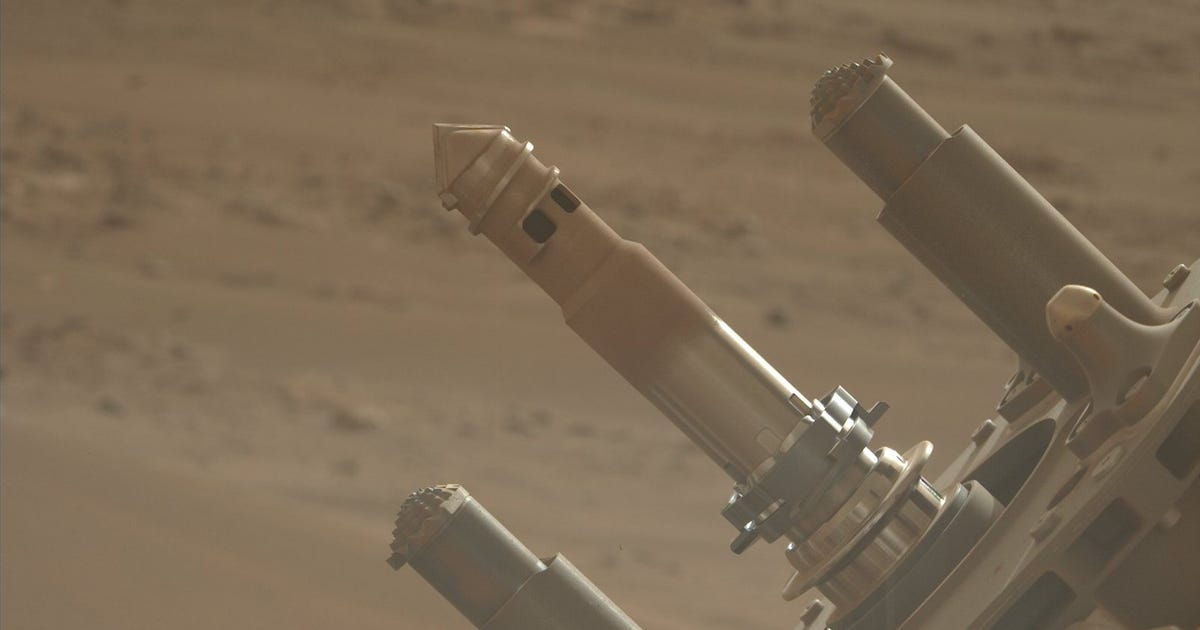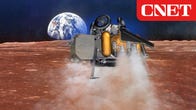NASA Mars Rover Snags ‘Hodgepodge of Martian Minerals’ With First Regolith Sample
This story is part of Welcome to Mars, our series exploring the red planet.
Sure, Mars has a lot of rocks, but have you noticed all the sand? It’s a key part of the Martian landscape, and now a little bit of it is packed up into the Perseverance rover’s sample system.
NASA said on Monday the rover had successfully collected its first sample of regolith — loose, sandy material that’s seen all over the place on Mars.
Up to this point, Percy has been focused on drilling for rock samples, but it has a special hollow drill bit for picking up regolith. The bit has small ports on the side for the sandy material to fall into so it can be placed into a sample tube for safekeeping. NASA shared an image showing the small hole in the sandy ground where the sample came from.
Regolith is broken up bits of rock and dust that can travel over great distances as strong Martian winds blow it around. “Regolith is important for providing insight into the global and local Martian landscape, all in a single ‘grab bag,” Perseverance team member Denise Buckner wrote in an update last month. Buckner described the material as a “hodgepodge of Martian minerals.”
Perseverance is exploring an ancient river delta region in the Jezero Crater, which has a fascinating history of water. The rover is gathering rock, soil and atmospheric samples with a bigger purpose in mind: sending them to Earth. NASA is developing an ambitious and tricky Mars Sample Return mission to go fetch Percy’s collection.
Scientists on Earth would love to get their hands on some fresh Martian rocks and regolith to help tease out the planet’s history and perhaps finally tell us if the now-inhospitable place once hosted microbial life.
The rocks might be the star of the show, but a bit of regolith would be a fascinating addition to the collection. If we intend to visit or even colonize Mars one day, we’ll need to work with the local sand as a building material or for growing plants. The more we know about it, the better prepared we’ll be for future exploration.
Mars pits: Gaze into the abyss with these wild NASA images
See all photos
For all the latest world News Click Here


